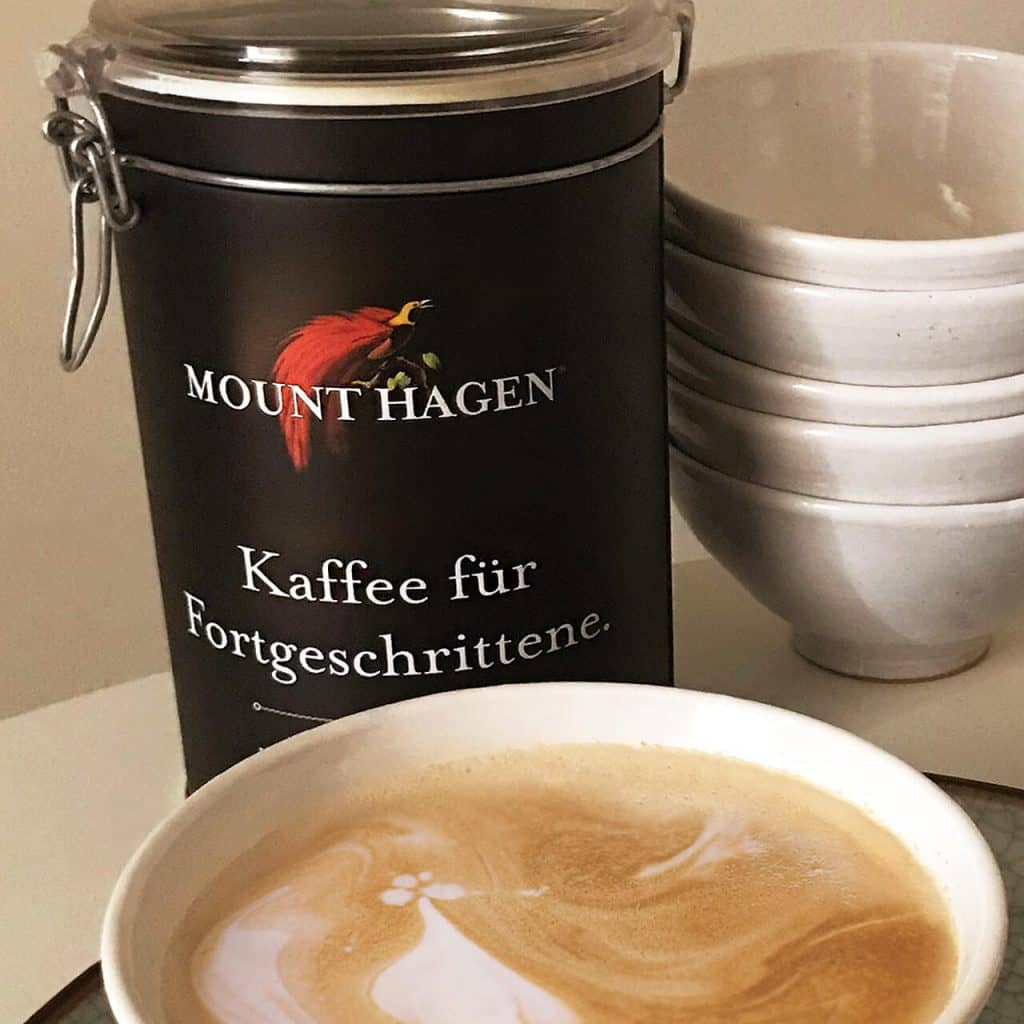But of course – if you don’t want to ruin your day with a characterless, nondescript brew, a little fuss is a must!

Aside from its cultivation, country of origin and roasting, the way in which coffee is prepared is crucial to conjuring a cup full of complex flavor nuances. All the same, one thing should never be forgotten: even the most ambitious barista can’t make good coffee from bad beans. But since you’re here with us, we don’t need to worry about that.
Only when the coffee is good can the cup be, too. And good coffee is grown organically (or biodynamically), traded fairly, roasted gently and communicated transparently. And that’s precisely our commitment.
Let’s begin with the bean. Although we prefer to use them whole, the following maxim applies to ground coffee, too: fresh is best. Therefore, it’s better to think about how much coffee you actually drink per month and not store any more. After all, coffee is sensitive and quickly loses its aroma. And that would be a shame. Of course, beans that are freshly ground each time are best. But it’s also important not to store them for too long.
please do NOT store coffee in the refrigerator – it quickly absorbs odors and then tastes like leek or cheese or whatever. Simply store it in an airtight tin. This will keep it fresh and preserve its aromas.
photo:
Lichtenford-Design

What grind size for which preparation method? Filter coffee? Or espresso? Mocha? Or coffee with milk? What type of water? Which filter? Which pot?
The answers to these questions and more await in the other articles.
Phone +49 (0) 40 753 04 – 485
Fax +49 (0) 40 753 04 – 492
e-mail: info@mounthagen.de
